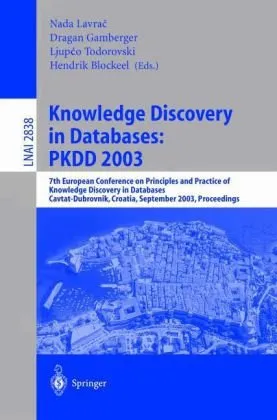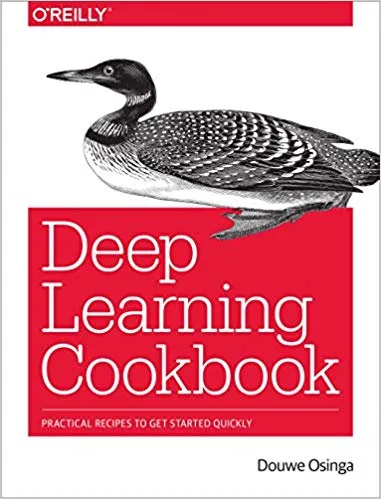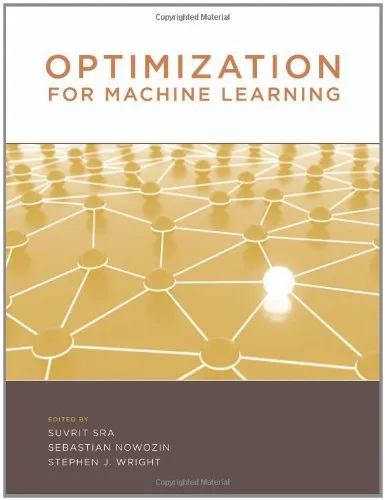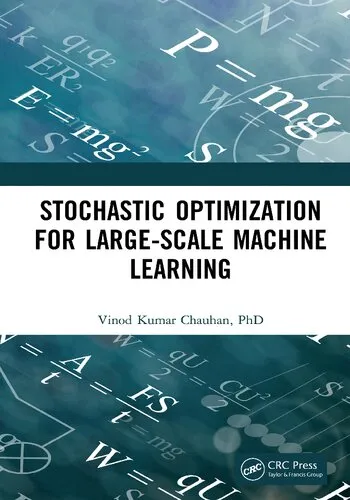Programming Collective Intelligence: Building Smart Web 2.0 Applications
4.5
Reviews from our users

You Can Ask your questions from this book's AI after Login
Each download or ask from book AI costs 2 points. To earn more free points, please visit the Points Guide Page and complete some valuable actions.Related Refrences:
Introduction to "Programming Collective Intelligence: Building Smart Web 2.0 Applications"
In the current era of Big Data and ever-evolving algorithms, the ability to design intelligent systems that harness collective data has become invaluable. "Programming Collective Intelligence: Building Smart Web 2.0 Applications" by Toby Segaran is a groundbreaking book that aims to equip readers with the skills and insights needed to build intelligent applications. This book dives deep into the concepts of machine learning, data mining, and Web 2.0 philosophies, offering practical techniques to help developers create smarter, data-driven applications.
Though originally published in 2007, the foundational principles and techniques discussed in the book are still deeply relevant in today’s developer ecosystem. Whether you are a seasoned programmer or a curious beginner, this book offers a mix of actionable code examples and real-world applications, ensuring you not only understand the theory but also the practice of designing intelligent systems.
Detailed Summary of the Book
Programming Collective Intelligence covers a wide array of topics, ranging from recommendation systems and clustering to optimization algorithms and search engine techniques. Starting from the very basics, the book methodically walks readers through different data-driven methodologies with Python-based examples. Each chapter focuses on building specific kinds of machine learning models or systems, allowing the reader to see immediate real-world outcomes for their efforts.
One of the major strengths of the book is its approach to applying algorithms to solve problems that arise in real-world web applications. Examples include building recommendation engines like those used by Amazon, implementing search engine relevance techniques, and applying genetic programming principles to optimization problems.
Key topics and practical examples covered in the book include:
- Collaborative filtering for recommendation systems.
- Supervised learning techniques like naive Bayes classification.
- Building clustering models with k-means and hierarchical clustering.
- Optimizing results using genetic algorithms and simulated annealing.
- Visualization and data manipulation with Python scripts.
- Creating advanced search techniques using item-based filtering.
These topics make the book not just a guide but a comprehensive toolkit for data scientists, developers, and enthusiasts alike.
Key Takeaways
Readers of "Programming Collective Intelligence" gain a wealth of actionable insights and practical, hands-on experience in working with real data sets and solving complex problems. Here are some of the key takeaways:
- Practical application of machine learning concepts in real-world use cases.
- Understanding recommendation systems and their importance in Web 2.0 applications.
- Working knowledge of clustering, optimization, and predictive analytics.
- Insights into effective data manipulation and visualization techniques.
- Hands-on experience coding algorithms using Python, a crucial language in the field of data science.
- Knowledge of foundational techniques that apply beyond web applications to broader AI and data science domains.
These takeaways make this book a foundational resource in the toolbox of any developer interested in machine learning and intelligent applications.
Famous Quotes from the Book
While the book is technical in nature, it is also peppered with insights that resonate deeply with developers striving to make sense of the vastness of data. Here are some memorable quotes:
"Every intelligent system you've experienced—whether Google Suggestions, Amazon Recommendations, or Netflix's Picks—relies on analyzing the collective behavior of Internet users."
"The power of an intelligent system lies not just in the algorithm but in how it dances with a well-prepared, clean, and meaningful dataset."
"The Web is more than a set of pages; it is a living organism of data, waiting to be understood."
Why This Book Matters
The significance of "Programming Collective Intelligence" cannot be overstated. This book serves as one of the pioneering texts on how to integrate machine learning and collective intelligence into practical applications, making it a must-read for developers aiming to thrive in the data-driven age of Web 2.0 and beyond.
Its relevance lies in its simplicity—complex topics are broken down into digestible chapters, empowering novice programmers to implement real systems with ease. At the same time, experienced developers can appreciate its efficient approach to core challenges like optimizing systems, working with APIs, and visualizing data effectively. This dual appeal across expertise levels ensures its position as a timeless reference book.
If you're looking to understand the intersection of programming, data analysis, and intelligent applications, this book is your perfect guide. It truly democratizes machine learning by making it accessible and applicable, which is why it remains a cornerstone in the literature of programming and artificial intelligence.
Free Direct Download
You Can Download this book after Login
Accessing books through legal platforms and public libraries not only supports the rights of authors and publishers but also contributes to the sustainability of reading culture. Before downloading, please take a moment to consider these options.
Find this book on other platforms:
WorldCat helps you find books in libraries worldwide.
See ratings, reviews, and discussions on Goodreads.
Find and buy rare or used books on AbeBooks.
1369
بازدید4.5
امتیاز0
نظر98%
رضایتReviews:
4.5
Based on 0 users review
Questions & Answers
Ask questions about this book or help others by answering
No questions yet. Be the first to ask!
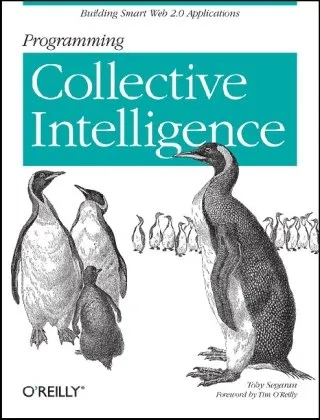
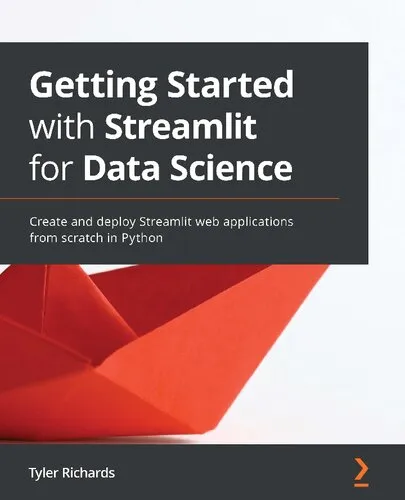
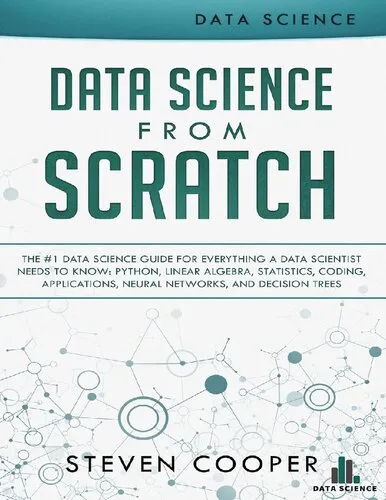

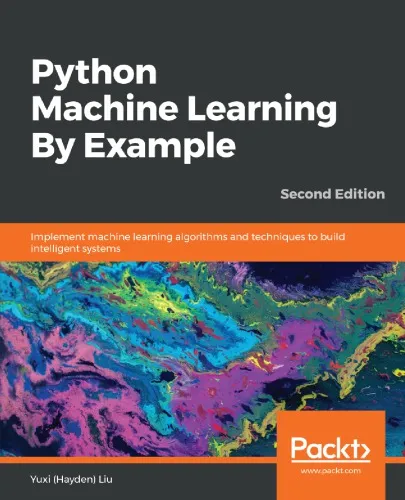
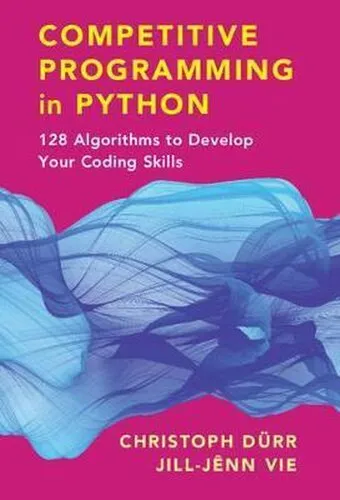
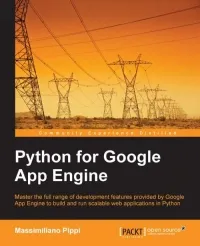
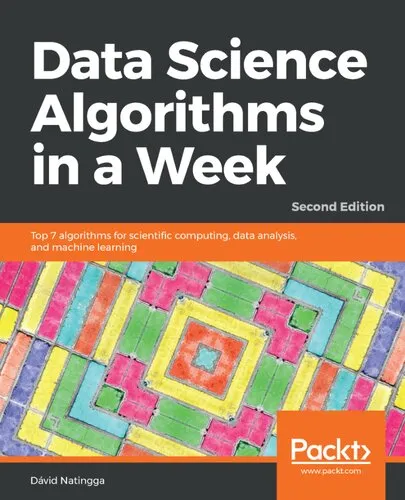
![Building Data Science Applications with FastAPI: Develop, manage, and deploy efficient machine learning applications with Python [Team-IRA]](https://s3.refhub.ir/images/thumb/Building_Data_Science_Applications_with_FastA_31328.webp)
